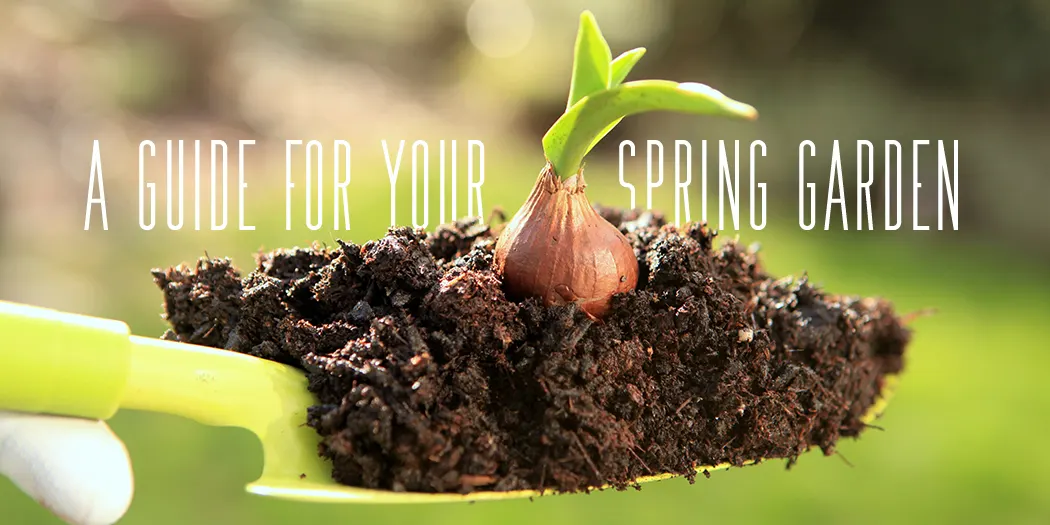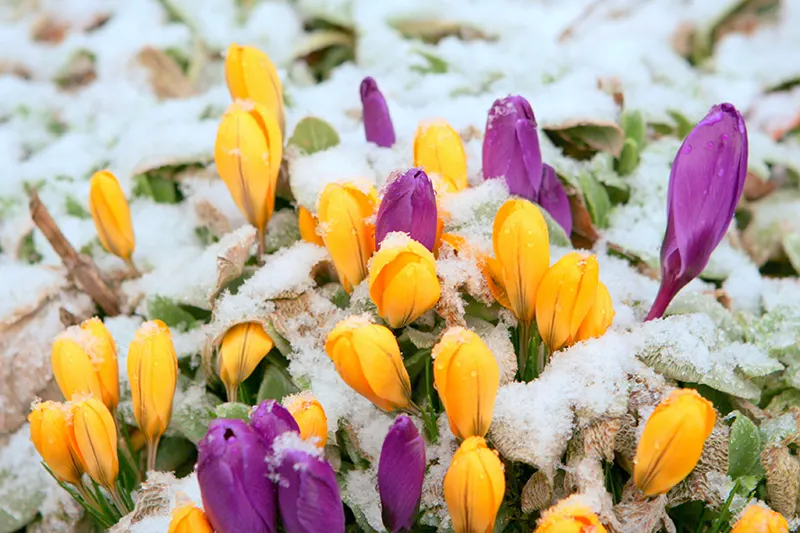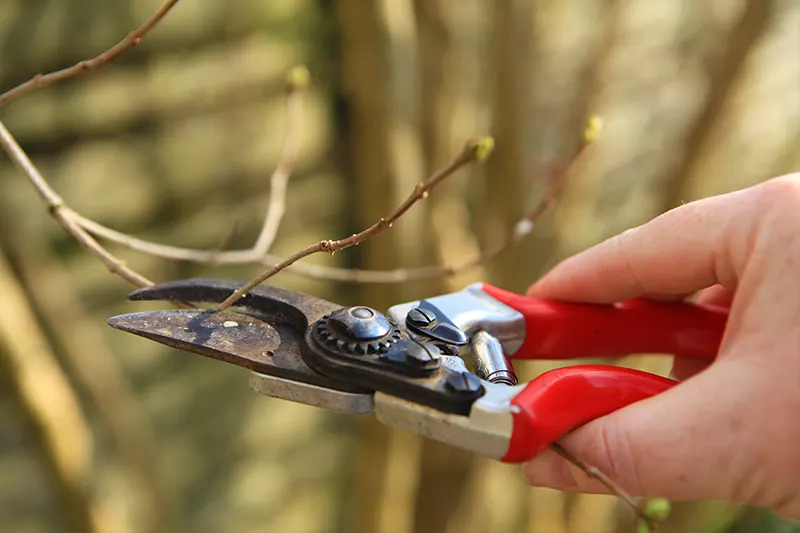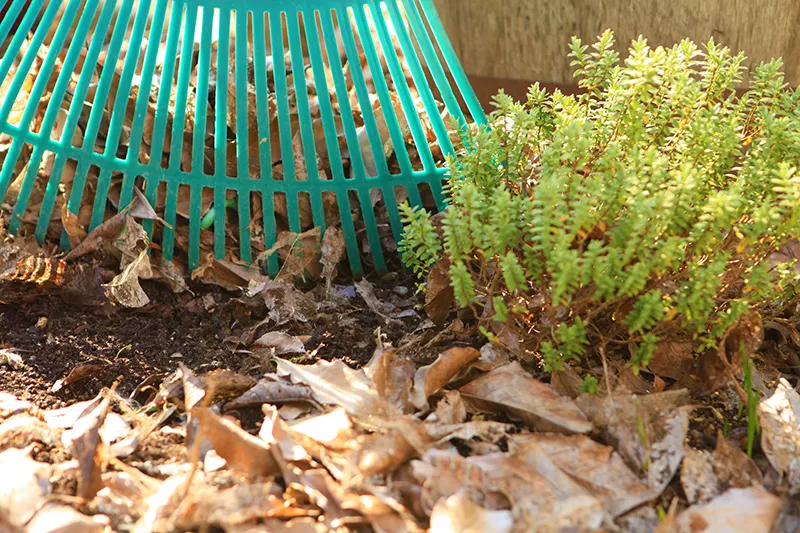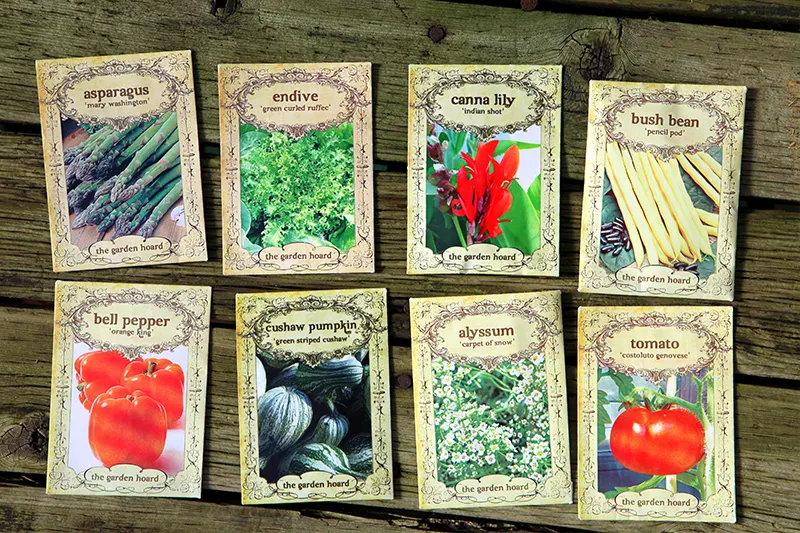March 02, 2015
A Guide for Your Spring Garden
Spring is an exciting time in the garden. The change of season signals a fresh beginning, with new growth coming up from the soil and a to-do list of tasks to jump start the gardening year. If the air is warming and the earth has thawed, it’s time to dust off your gardening gloves and dig into the garden.
Create a Garden Plan
Setting pen to paper to map out a garden plan can begin even if the plants are buried deep under snow.
Measure the space and draw a map to scale. Pencil in plants and hardscaping elements that you intend to keep in the design, such trees, shrubs, perennials, garden boxes and water features.
Create a list for what will be added during the season. Sketching in new items will prevent overspending and overcrowding.
Add to the map as you grow, divide or purchase for the space. The result will be a well-thought-out guide for the year and keepsake for the future.
Prepare Your Tools
Keeping tools in tip-top shape makes garden chores easier and more enjoyable.
Inspect your hand tools for signs of wear or corrosion. Replace any tools that are broken or unrepairable.
Disassemble, wash, sharpen, oil and reassemble pruners.
Wash garden pots with warm, soapy water and a bristle brush to remove dried-on soil, fungus and insects.
Bring the lawn mower in for service early so it will be ready for the first mow.
Service other power tools such as leaf blowers and trimmers.
Spring Cleaning
Once the weather becomes less frightful, venture outdoors to spruce up the beds.
Use a rake to pull back winter mulch and add it to the compost bin.
Remove any dead, diseased or damaged plant material with clean pruners.
Cut back ornamental grasses.
Look for signs of disease such as fungal spots or discoloration on leaves and dispose of the affected plant material in a green waste bin rather than the compost pile.
Identify and remove weeds.
Prune summer-flowering bushes and fruit trees.
Add a layer of compost to the beds and scratch it into the topsoil.
Tour the garden and make note of any changes to the garden map such as forgotten spring bulbs or plants that died over winter.
Start Seeds
Vegetables, herbs and flowers are much less expensive to start from seed. Cool season crops can be directly sown outdoors, where warm season crops get a headstart being germinated indoors.
Purchase seeds from a supplier that specializes in your climate zone. Ordering seeds from other suppliers may have you dreaming of exotic plants, but you will be more successful growing plants that are proven to grow well in your area.
Find out your last frost date, or the date when you can safely plant tender plants out in the garden without risk of frost, by calling a local garden center.
Read the seed packet for specific directions on germinating and growing the seeds contained within the envelope. Many seeds have different requirements, so it is best to follow the directions closely.
Follow the tasks on this list and you will be sure to get your spring garden off on the right boot by setting the roots for a healthy and happy outdoor space.

